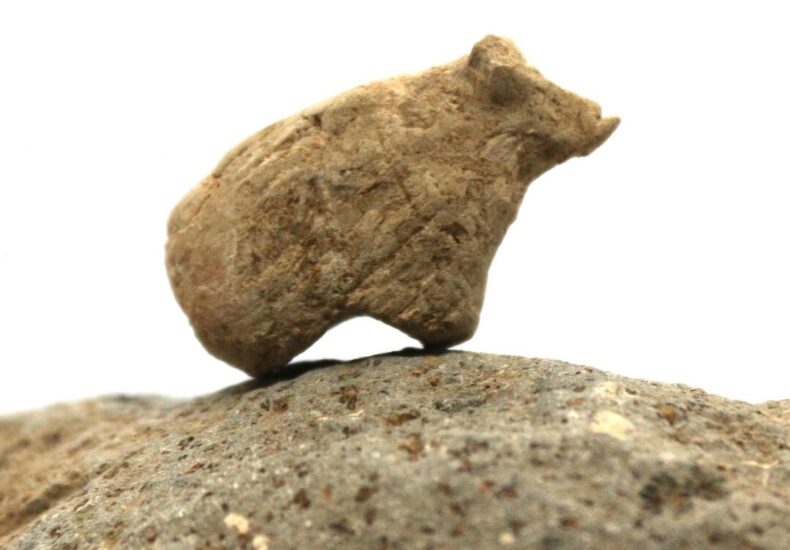
The 9,000-Year-Old Figurines of Gürcütepe Illuminate Life After Göbeklitepe
The first light over the Harran Plain has a way of turning everything into pale gold. From a distance, Gürcütepe looks like nothing more than a gentle rise in the landscape—quiet, unassuming, easy to miss. Yet beneath its surface lies one of the most revealing chapters in the story of how early societies redefined themselves
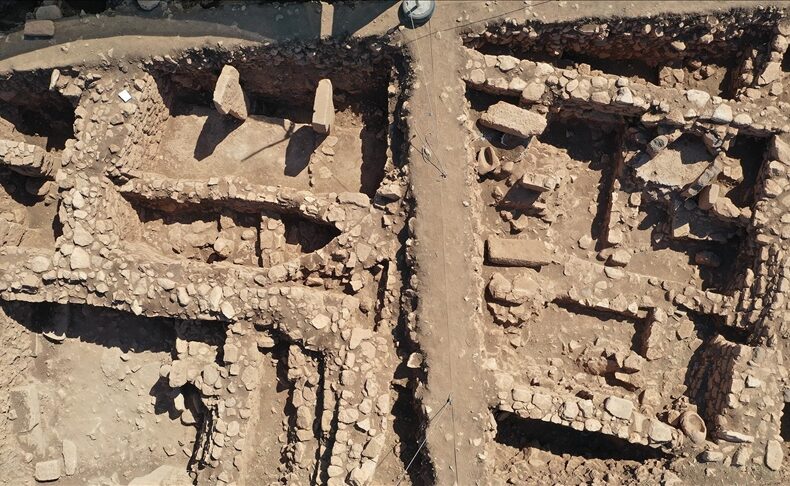
A Newly Identified Boar Piglet Engraving Emerges from Sefertepe’s 2025 Excavations
The 2025 excavation season at Sefertepe, a rapidly emerging Neolithic site within the broader Taş Tepeler landscape of southeastern Türkiye, has brought to light a striking example of early symbolic expression. During ongoing fieldwork directed by Assoc. Prof. Dr. Emre Güldoğan of Istanbul University’s Department of Prehistoric Archaeology, researchers identified a finely incised depiction of

An amphitheater-like Neolithic structure has been uncovered at Karahantepe in southeastern Türkiye
Archaeologists in southeastern Türkiye have brought to light a striking Neolithic structure at Karahantepe—a circular, amphitheater-like building carved into bedrock and lined with tiered stone benches, human sculptures, and sculpted heads emerging from its walls. The find opens an unexpected window onto how some of the world’s earliest settled communities gathered, communicated, and expressed shared
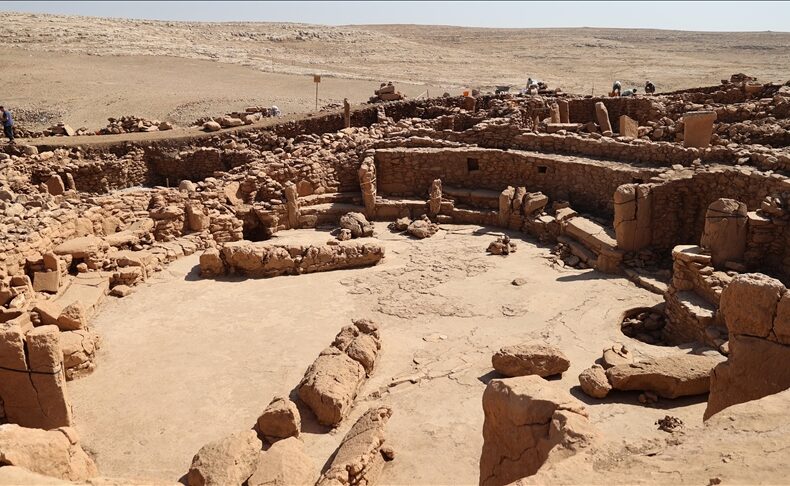
Karahantepe Offers Clues That Göbeklitepe Was More Than a Ritual Site
New excavations at Karahantepe, one of the key sites of the Taş Tepeler Project in southeastern Türkiye, are reshaping how archaeologists interpret the world’s earliest monumental centers.According to excavation director Prof. Dr. Necmi Karul, the newly uncovered structures suggest that these places were not only used for rituals but also formed part of organized Neolithic
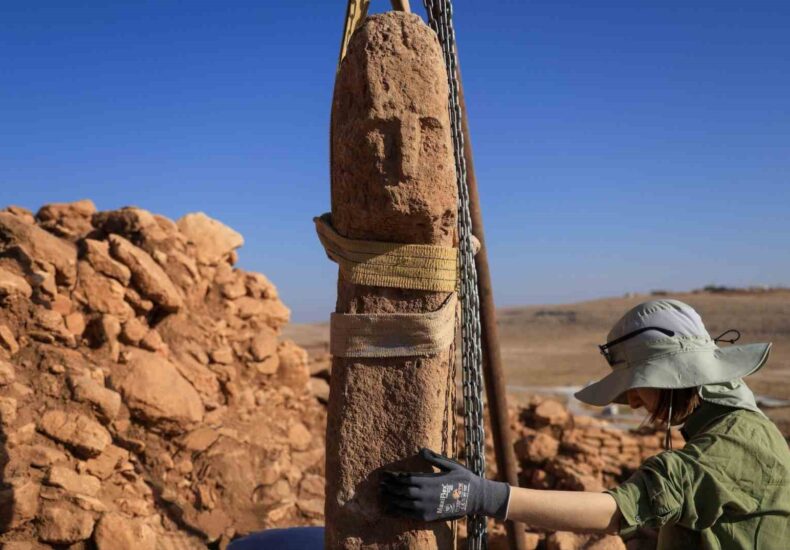
A Historic First at Karahantepe: Human-Faced T-Shaped Pillar Unearthed in Türkiye
Archaeologists have uncovered a T-shaped pillar carved with a human face at the Neolithic site of Karahantepe in southeastern Türkiye — a discovery described as a first in human history. The finding was announced by Minister of Culture and Tourism Mehmet Nuri Ersoy on his official X (Twitter) account, where he wrote: “Karahantepe — A
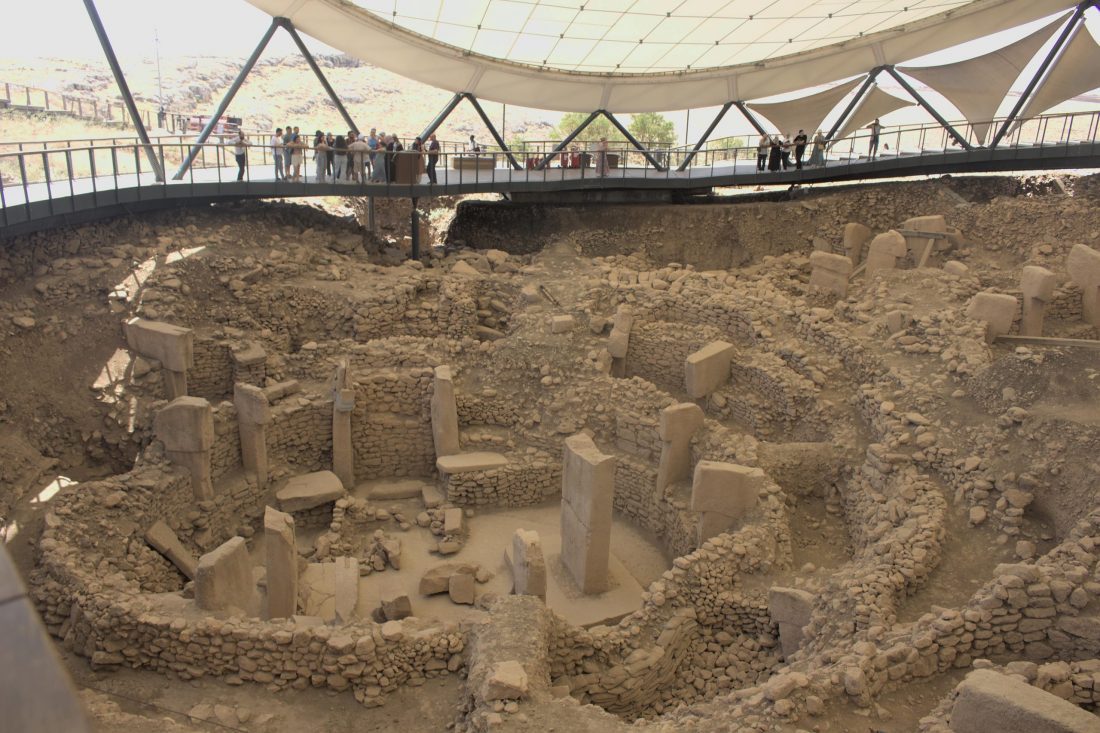
Göbeklitepe Exhibition to Open in Berlin’s Museum Island with 96 Artifacts in 2026
Türkiye’s Ministry of Culture and Tourism has announced that Göbeklitepe, one of the world’s most iconic Neolithic sites and a UNESCO World Heritage property, will be presented in a major international exhibition in Germany. Deputy Minister Gökhan Yazgı confirmed that “Myths in Stone: Göbeklitepe and the World of the Last Hunters” will open in February
